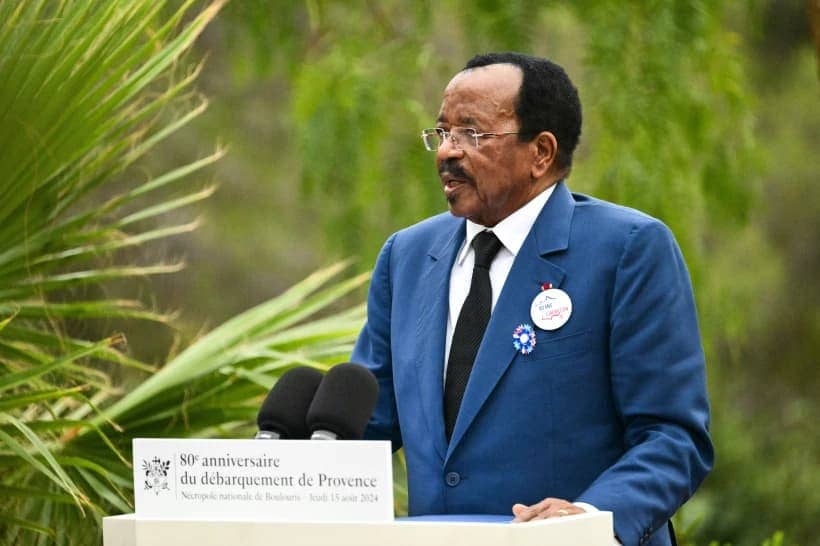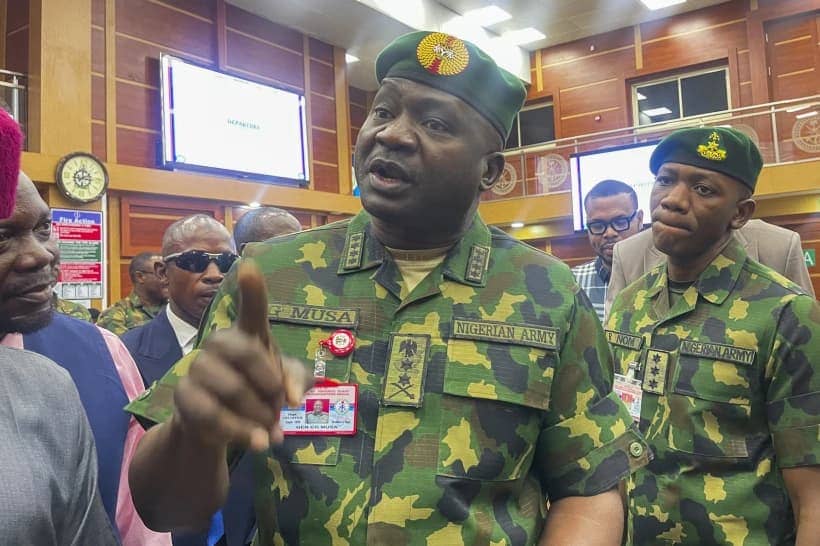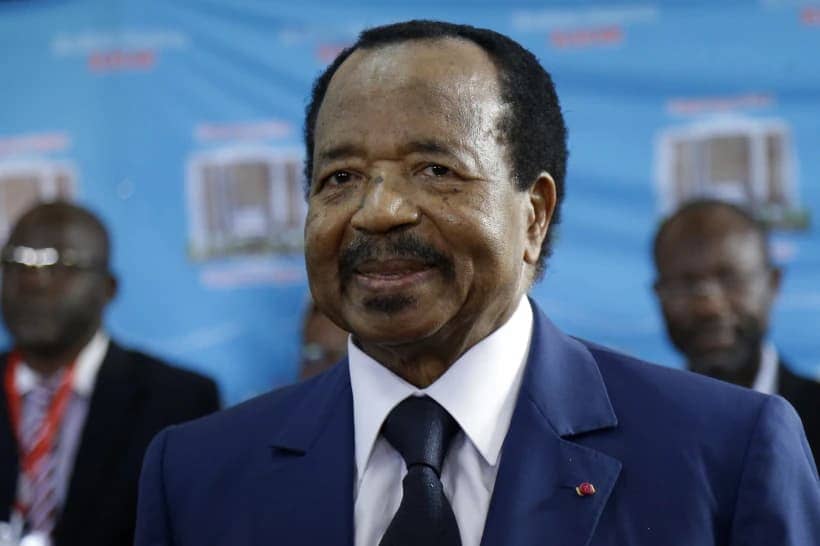Sitting outside her new tent on the outskirts of Goma, Congo, Jeanette Kitoko breathed a sigh of relief after a group of local Catholic leaders helped resettle her with her two children.
Kitoko is among more than 400,000 people, including 280,000 children, who were displaced May 22 after Mount Nyiragongo erupted, killing at least 32 people, including her husband. Rivers of lava from the volcano destroyed thousands of homes in neighborhoods surrounding Goma. Amid panic and evacuations, the majority of children were separated from their families, with many found living in dire conditions in informal camps.
“We were unaware of the eruption, and it caught us at night when we were sleeping,” said Kitoko, 35. “We were rescued by local vigilantes, but I didn’t know where they had taken my children.” She said it took weeks, with the help of church leaders, to locate her children, “who were living in a different camp.”
The Diocese of Goma and local officials are playing a central role in resettling thousands of families, reuniting displaced children with their families or caregivers and coordinating relief for thousands of displaced people.
Goma Bishop Willy Ngumbi Ngengele said the majority of displaced people are still in need of food or lack shelter and basic items like blankets. Some children who were separated from their families have not yet been reunited, he told Catholic News Service in September.
“We continue to aid families and help them rebuild their houses,” said Ngengele, adding that some of the families were still living in camps on the northern outskirts of Goma. “I want to appeal for more aid to help the victims of the volcano rebuild their lives.”
Religious orders — including Salesians, Salvatorian Sisters and Daughters of Mary Help of Christians — are also helping to resettle and care for hundreds of families and children, some orphaned by the eruption. They are building houses for the families and providing clothing, food, medicine and household goods. They are also working on capacity building, trauma healing, and empowerment of communities to support victims of the volcano during the COVID-19 pandemic.
Catechist Claude Bihango said the Goma Diocese has continued to distribute food and other necessities to help families living in emergency shelters like schools and churches. The diocese is providing hundreds of families with shelter materials, including roofing sheets, nails, wooden beams and plastic sheeting.
“Most families have already returned to their destroyed homes and are putting up new houses for their families to have a place to stay,” noted Bihango, saying some families have decided to build houses elsewhere on land owned by friends or family members due to the fear of another volcanic eruption. “We are visiting these families to ensure they are safe, and they are not in need of anything. The plans are to continue distributing food and other items either weekly or monthly to ensure they are stable to take care of themselves.”
Members of the Salesians of Don Bosco are also resettling hundreds of children who had been evacuated from Don Bosco Ngangi Center in Goma during the volcanic eruption. The center provides medical, social development and education scholarships to poor youth and their families.
Father Piero Gavioli, an Italian Salesian who is director of the center, said that although more than 250 children were evacuated, their center was spared from any damage. However, hundreds of homes and crops of families who were receiving help from the Salesians were destroyed, leaving them with nothing, he said.
“We have already resettled the children at our center, but some of their families and those who receive our help lost everything they had, and they need to be helped,” said Father Gavioli, noting religious orders have played a major role ensuring that all children are resettled and their families have help rebuilding their houses and lives.
However, some families are afraid to return to their destroyed homes.
Anne Kasibu, 30, and her family were staying at a local parish nearly four months after her home was destroyed by lava; she vowed never to return. The recent tremors and earthquakes have scared her family more, she said.
“We are scared, we can’t go back, and we can’t risk,” said the mother of five, explaining how she escaped death by a whisker during the night of the eruption. “It was a miracle. We just heard people shouting from different directions and had to move quickly without saving anything to save our lives.”
Nelson Mantama, head of social communications for the Youth Ministry of the Diocese of Goma, said the recent tremors and earthquakes still continue to cause panic among the residents. He said most people “are calm but cautious.”
He also said the diocese was offering counseling and psychosocial support aimed at helping traumatized people return to normalcy and understand the situation.
“The diocese is helping in any way they can ensure victims are stable mentally and are able to resume their normal lives.”
Meanwhile, Kitoko and other thousands of victims are urging the government to ensure that before future eruptions they receive a warning. The last volcanic eruption occurred in 2002, killing 250 people and leaving 120,000 homeless.
“We can’t continue to live in fear every time we experience a tremor,” Kitoko said. “We have lost our loved ones due to volcanic eruptions, and this should be the last time. The authorities should always take responsibility to alert us in case there are signs.”














